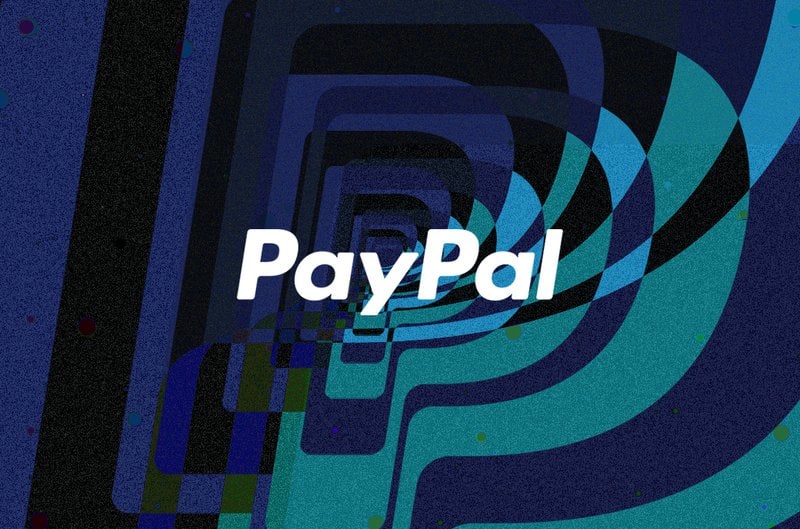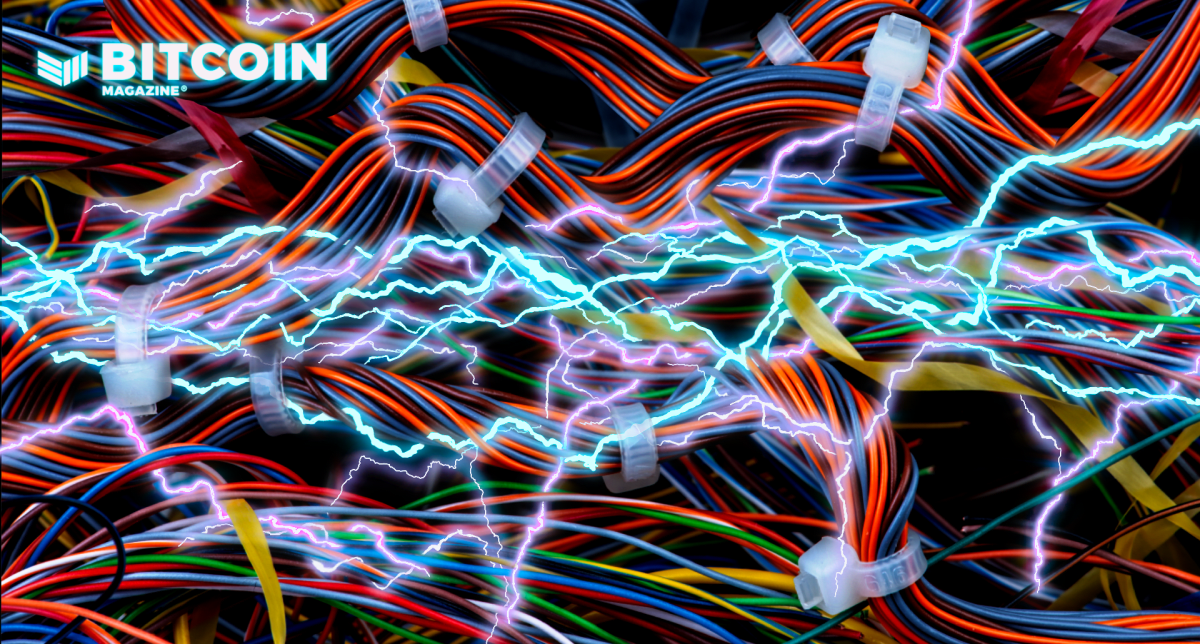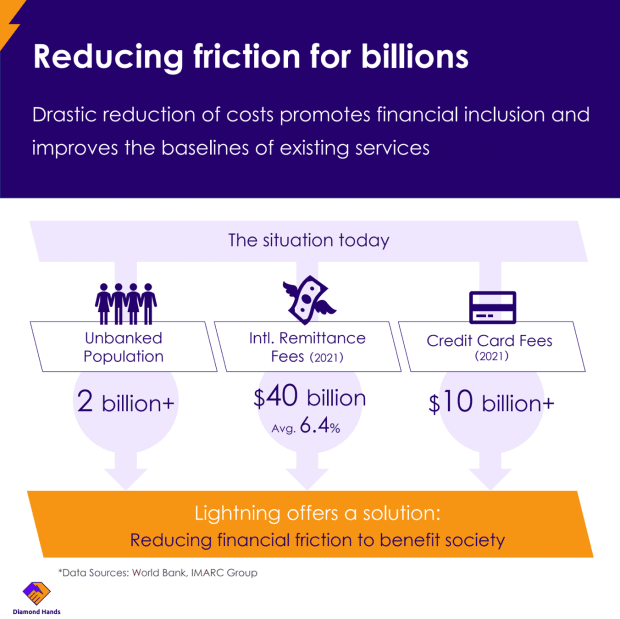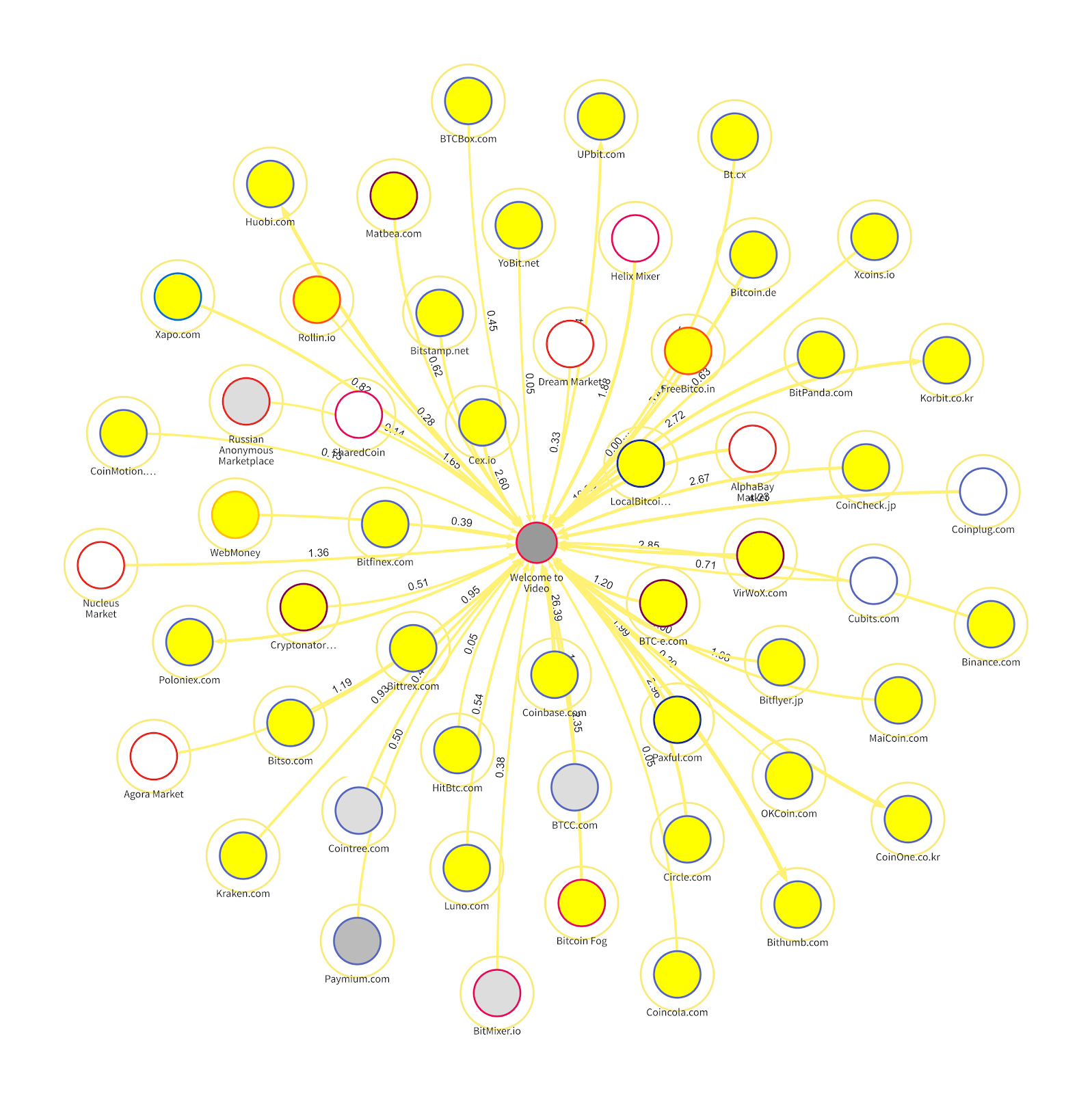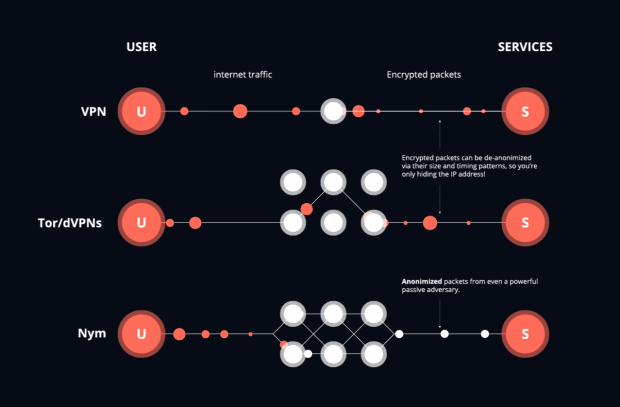Ordinals Project Launches Enabling NFTs Directly On Bitcoin
The controversial project has been met with equal parts excitement and criticism in regards to its impacts on Bitcoin.
A project called Ordinals has launched on the Bitcoin blockchain, effectively enabling Bitcoin-native on-chain NFTs.
Led by former Bitcoin Core contributor Casey Rodarmor, the protocol is a convention for numbering and transferring individual satoshis on the Bitcoin network.
Ord, a specific implementation of Ordinals, “is a wallet and explorer that allows tracking the location of specific satoshis and their ordinal numbers – assigned by the Ordinals protocol – as well viewing, creating, and transferring inscriptions, that is, individual satoshis inscribed with arbitrary content,” the press release sent to Bitcoin Magazine states.
The introduction of Ord and inscriptions brings NFTs to Bitcoin, allowing content, such as images, videos and HTML to be included in a Bitcoin transaction and assigned to an individual satoshi.
“Inscriptions, using the ordinals protocol, are fully on-chain, and do not require a sidechain or separate token,” the release reads. “Inscriptions inherit the simplicity, immutability, security, and durability of Bitcoin itself.”
Since its release, the project has attracted a great amount of debate in regards to the impact of ordinals and inscriptions on Bitcoin. Supporters of Ordinals, like Dan Held, describe it as a net benefit for Bitcoin, saying, “It brings more financial use cases to Bitcoin, and drives more demand for block space (aka fees).”
Meanwhile, critics of Ordinals like Blockstream CEO and long-time Bitcoiner Adam Back explained that “Bitcoin is designed to be censor resistant. This doesn’t stop us mildly commenting on the sheer waste and stupidity of an encoding. At least do something efficient.”
Ongoing debate seems to stem from discussions in regards to the potential usage of block space and increase in bandwidth necessary to run nodes as a result of inscriptions. Regardless of the debate, “the Ordinals project continues unphased,” reads the press release, “with contributors continuing to add new features, such as provenance, collections, composability and a decentralized marketplace.”
Ordinals and inscriptions could prove to be an interesting catalyst for Bitcoiners to re-examine the social dynamics that shape Bitcoin development. While the positive or negative impacts of ordinals specifically may be up for debate, renewed interest in how projects and technical implementations are built on Bitcoin is a healthy sign for the network.

